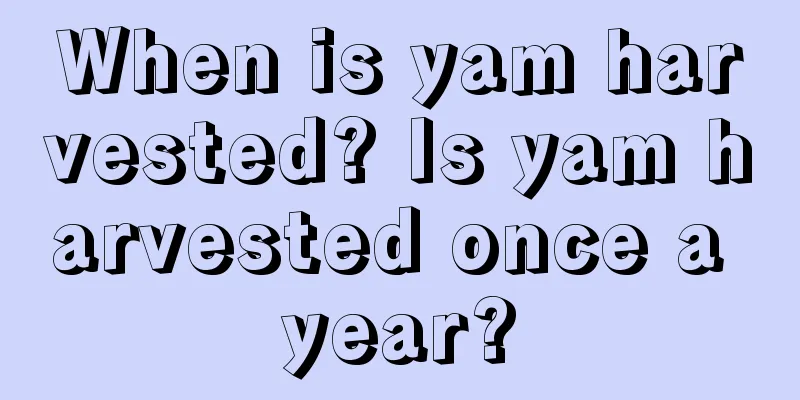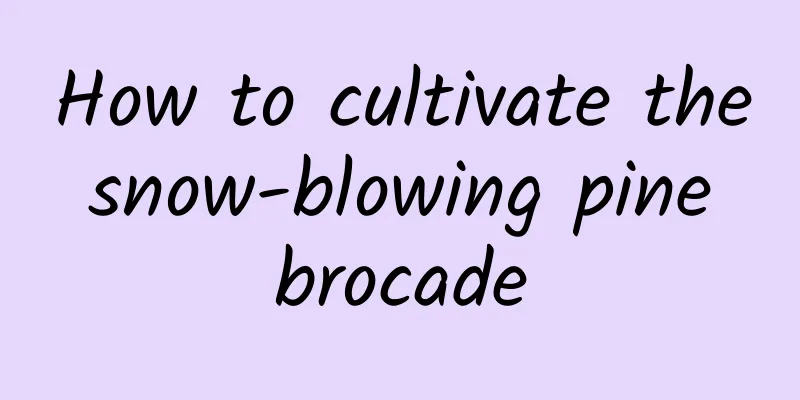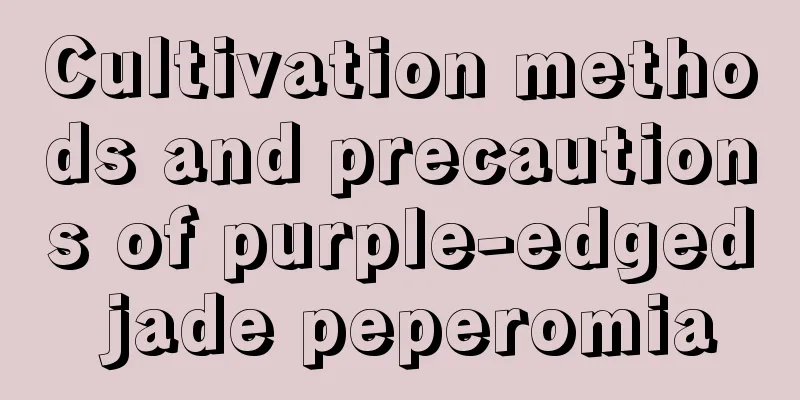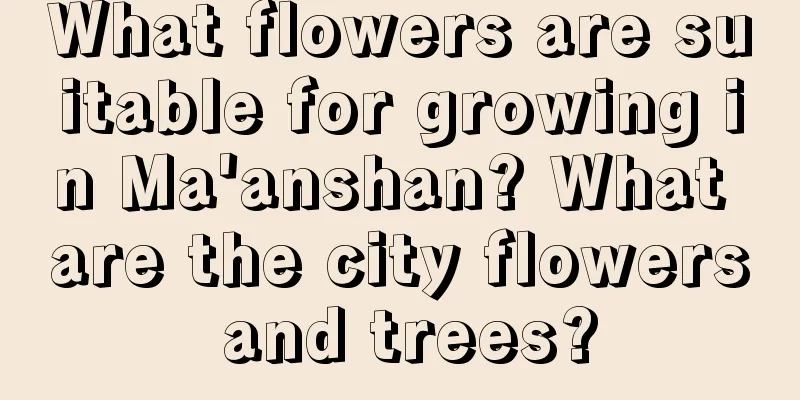When is yam harvested? Is yam harvested once a year?

1. Harvest TimeYams are generally harvested from late October to November. After the stems and leaves of the above-ground part of the yam have withered, the tubers can be dug out. Since it is buried deep in the soil, you can also let it overwinter underground and dig it out in the spring of the following year. In addition, if it is grown in a greenhouse, the planting and harvesting time will change, and it can usually be harvested in June. 2. How to plant1. Select materials: Yams are usually propagated asexually, and the planting materials are generally seeds or reed heads. The yam bean, also known as the yam bean, is its above-ground tuber. It can usually be collected during harvesting, but not all varieties have yam beans. The reed head, also known as the dragon head, is the part with buds on the top of the tuber. It has strong regeneration ability and the germination time is relatively short. 2. Land preparation and fertilization: Before planting yam, you need to fertilize the land first. The fertilizer at this time is base fertilizer, which needs to be able to provide nutrients continuously, so organic fertilizer is selected, combined with diammonium phosphate, urea and potassium sulfate. After applying fertilizer, till the soil so that the fertilizer is buried underneath. After that, you need to dig trenches. Since yam grows vertically, you need to dig loose trenches 1 meter deep to facilitate the growth of the plants. 3. Planting: Yam can be planted when the ground temperature reaches 9-10℃, usually in March and April in the south, late April in the north, and May in the northeast. Place the prepared reeds or reed heads in the ditch, keeping a distance of 25-30 cm. After planting, cover them with soil and flatten them. |
<<: Cultivation and planting technology of Bletilla striata
>>: Cotton cultivation technology
Recommend
How to water the lucky tree
1. Watering method In summer, the temperature is ...
Can the Jade Plant be repotted in summer? What are the time and precautions for repotting?
Can the jade plant be repotted in summer? It is b...
How to deal with orchids after flowering
1. Pruning After its flowers wither, the remainin...
Cultivation methods and precautions of pineapple flowers
1. Soil When breeding, you need to use well-drain...
The difference between four seasons orchid and black orchid
1. Leaf Difference The leaves of the four-season ...
What should I do if passion fruit is too dense? Can it bear fruit in a pot?
1. What to do if it is too dense When planting pa...
What should you pay attention to when using pure milk to water flowers?
It is very good to water flowers with pure milk. ...
Plum blossom growth environment conditions and characteristics
Plum blossom growth environment conditions and re...
How to propagate the leaves of Dancing with the Wind? Can it be propagated by cuttings?
1. Leaf propagation method Dancing with the Wind ...
How to Plant Coriander Seeds
1. Planting time Planting is usually done in autu...
Can Oxalis be used to water beer?
Can Oxalis be used to water beer? Generally, Oxal...
What fertilizer should be used for dragon blood tree
Dracaena can tolerate drought, but it also needs ...
How to raise the Queen of the Cliff
1. Soil The Queen of the Cliff originally grew in...
When is the best time to plant lettuce?
The growth cycle of lettuce is usually about 40 d...
How to grow citrus in pots
How to grow citrus in pots Temperature and light ...









